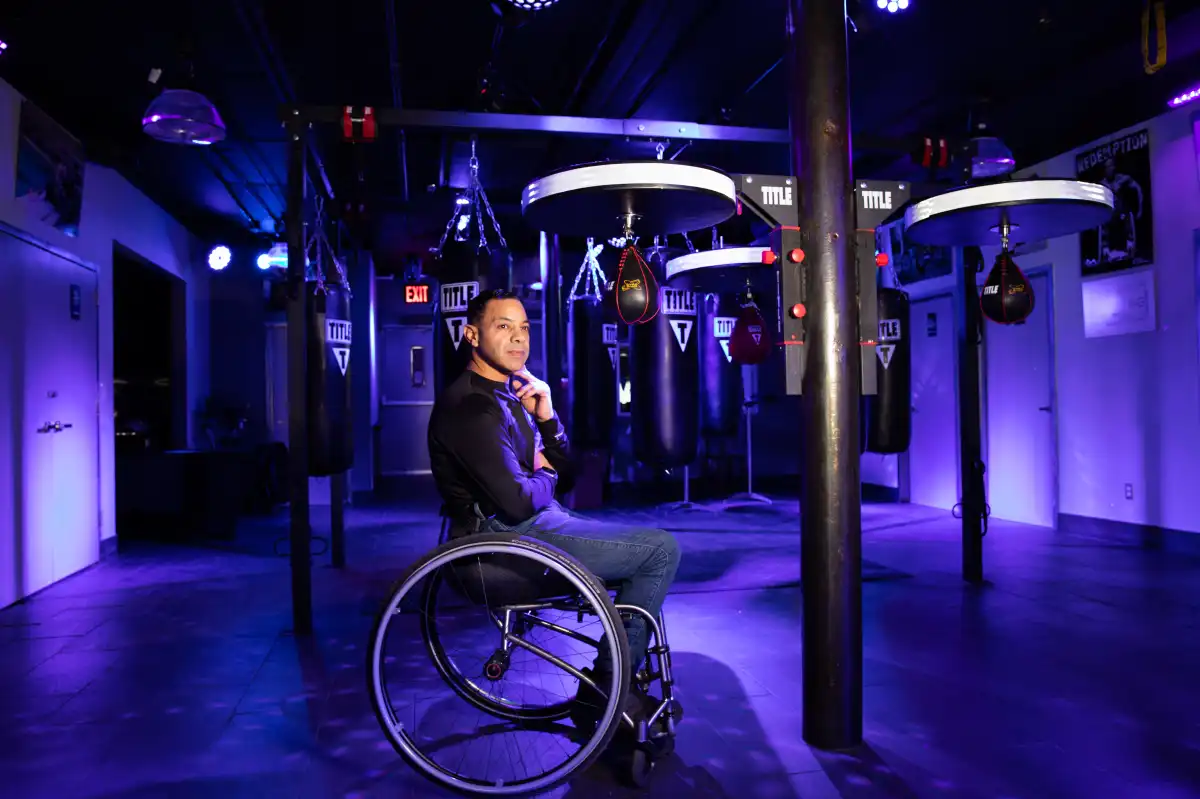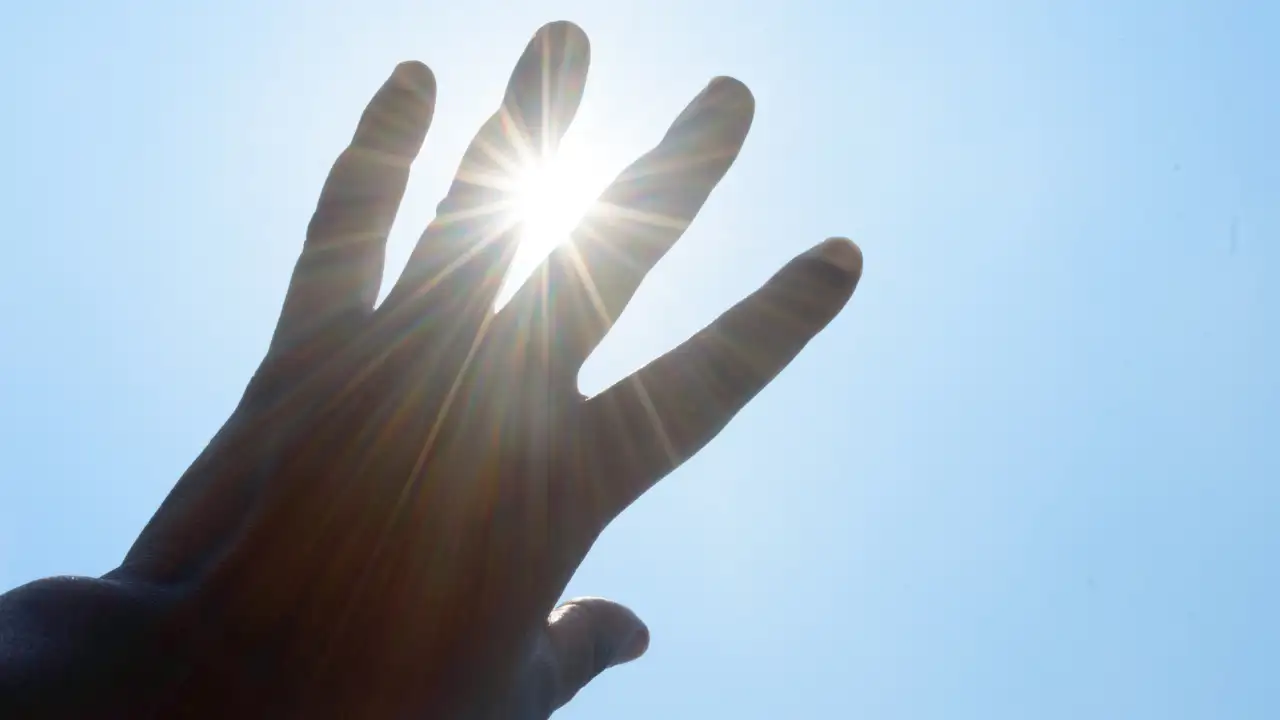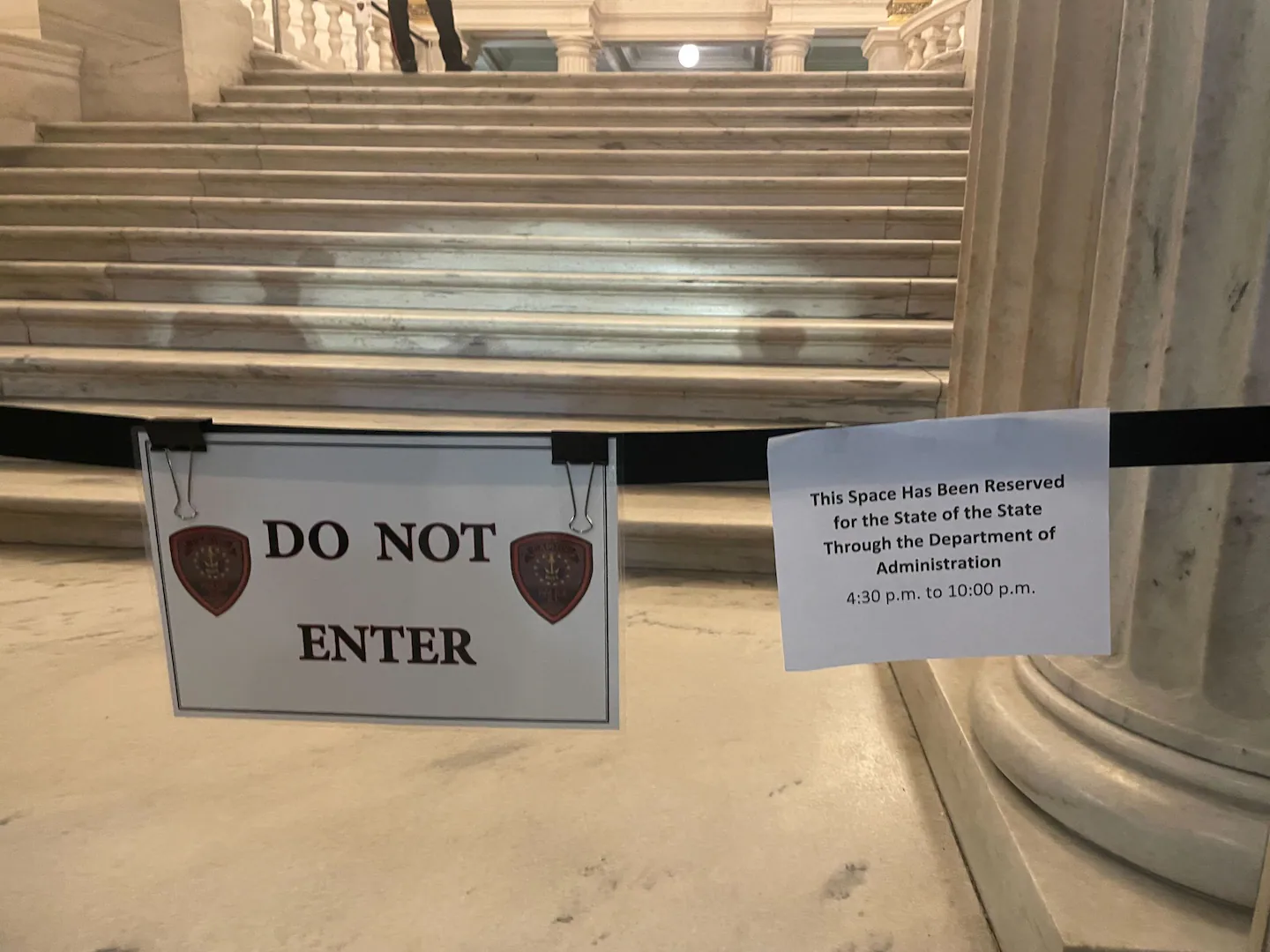Copyright AM New York

George Gallego has never accepted limits. The American paratriathlete and entrepreneur turned his accident that left him paralyzed into a lifelong mission to empower others. He is the founder of the Axis Project, a fitness community space he built with his own hands. Now, as the space prepares to close its doors on Oct. 31, he is racing to secure funding for a new location and keep his mission alive. This interview has been condensed for clarity and understanding. How did you find motivation and resilience to rebuild your life and career after your accident? I had my accident in ‘92, I was in my early 20s at the time. It was work-related. I severed my spinal cord. I haven’t walked on my own since. I can use leg braces and crutches, but I’m basically walking with my upper body when I use those. For the first 10 years or so, I call it my dark period because it took me quite some time to get through to the point where I can actually embrace and love myself and my disability and my new way of life. What caused me to kind of look at life differently and to accept myself was my girls. I have three children. Twin girls, Naila and Ayana. At that time, they had just turned two years old. I had a son, Khalees, who was born three years before them. One day, I saw an image of myself within that first year. The image was taken during that first year after my accident. After my accident, my weight increased dramatically because I was living a very sedentary lifestyle. I was on tons of pain medications to try to manage the pain I was experiencing, the nerve pain, the muscle spasms. My weight went from 175 to 180 all the way up to almost 350 pounds. So, back to this image that I saw, I was looking at this Polaroid shot of myself in this wheelchair. My chair was tipped backward, and I had no recollection of this moment. In the image, my daughters were kind of crawling on me like I was in a jungle gym. The first thing I thought about was that anything could have happened to my girls and to Khalees because I wasn’t even conscious of that moment or many moments during that stage when I was dealing with the pain through medication. When I finally realized that my life had this shift, I stopped taking pain medication and I started exercising. My exercise then was basically doing laps around my city block in my everyday manual chair. It wasn’t a bracing chair. It wasn’t a hand cycle. It was just a regular chair. I noticed that my pain was a little more manageable whenever I worked out. Then, after doing some research, I saw that the harder I worked out, the more pain reliever that my brain would release. After I stopped taking the pain medication, started exercising and managed my pain in a natural way, everything shifted. My mental health increased. I became more spiritual. I spent more time with my kids and I felt better about myself. I started to learn to love myself and to love my new way of life. I accept my disability and realize that I could still continue to do similar things, but certainly not in the same way I’ve done it before. What pushes me are my daughters, my son, and now my community of other folks with physical disabilities, the folks from within my athletic world, and folks within my professional world. The desire to see other people learn from my mistakes and achieve their goals as a result of learning how to achieve them through the programs that I’ve created. What inspired you to found the Axis Project? The Axis Project was created in order to fill many gaps that exist within a system. Most people, once they acquire a disability and they go through a rehab phase in a hospital setting after injury, the hospital can’t discharge them to their home if their home isn’t accessible because it’s considered an unsafe discharge. They convince them that they need to go to a space that becomes a nursing home. A lot of young folks with disabilities are kind of forced to go to these institutions and live there because of accessibility issues in their primary homes, and they end up staying there for years at a time. I made it my mission to help try and transition as many people as I could out of institutions and into their own apartments. Then I realized there was another issue. Hundreds of folks that I’ve transitioned out of nursing homes, the only time they left their homes was to go to their doctor’s appointment, to go to physical therapy or occupational therapy. Next thing, they’re hanging out in hospitals and socializing in hospitals. I wanted to create a space within a community so that folks with disabilities would have another place to go to that wasn’t a medical facility, and that place became the Axis Project. I ended up having a space where people call their second home, a space where people with disabilities and seniors, and we also have folks that don’t have disabilities that come to the space because they want to volunteer. We’re more than a gym. Our members end up thriving in that space. They learn from each other. They grow from each other. They end up creating new goals for themselves because they see other people achieving goals that they’ve never thought they could achieve themselves. That’s what the Axis Project is. It’s a community within New York. We’re all on the same playing field, and we’re all there for the same reason: to connect with each other, grow from each other, and cross that tennis line. Do you have two gyms, one in Brooklyn and one in Manhattan? As a result of the pandemic, we were forced to close both locations. I located a new space in East Harlem and this space had been abandoned for 30 years. There was no copper in the space, there were no electrical wires, there was no plumbing, everything was missing. Finding a workforce, electricians and construction workers to be able to help me rebuild the space was super challenging. I ended up building the space myself. I would clip myself onto the ceiling and kind of hang there from the ceiling so I could be able to work on these lines. It took me two and a half years to actually build it to the level where I needed it to be, and it took another year for me to get the New York City Department of Buildings to come in and do all the required inspections. I didn’t actually open up that space for our members until a year and a half ago. What’s heartbreaking is that this year is totally different because instead of training in Central Park and monitoring my mileage as I get closer to the marathon, I find myself fighting to keep Axis alive and fighting to ensure that our members don’t lose this second home. We haven’t announced it, and we haven’t told all of our members as of yet, because we were hoping to be able to sign a lease for a new space before we shared with everyone. We’re relocating. We changed our fundraising concept to fundraise to help us create this new transition space so we can continue operating and offering our programs to our members. I just signed a lease last night, so we’re in a good place. How can readers get involved in your mission? We need volunteers, folks to actually help us with the transition. We need folks to help us after the transition is complete because we serve a population of folks with disabilities. But right now, more importantly, what we need is funding. So the more folks can give, the better we are.



